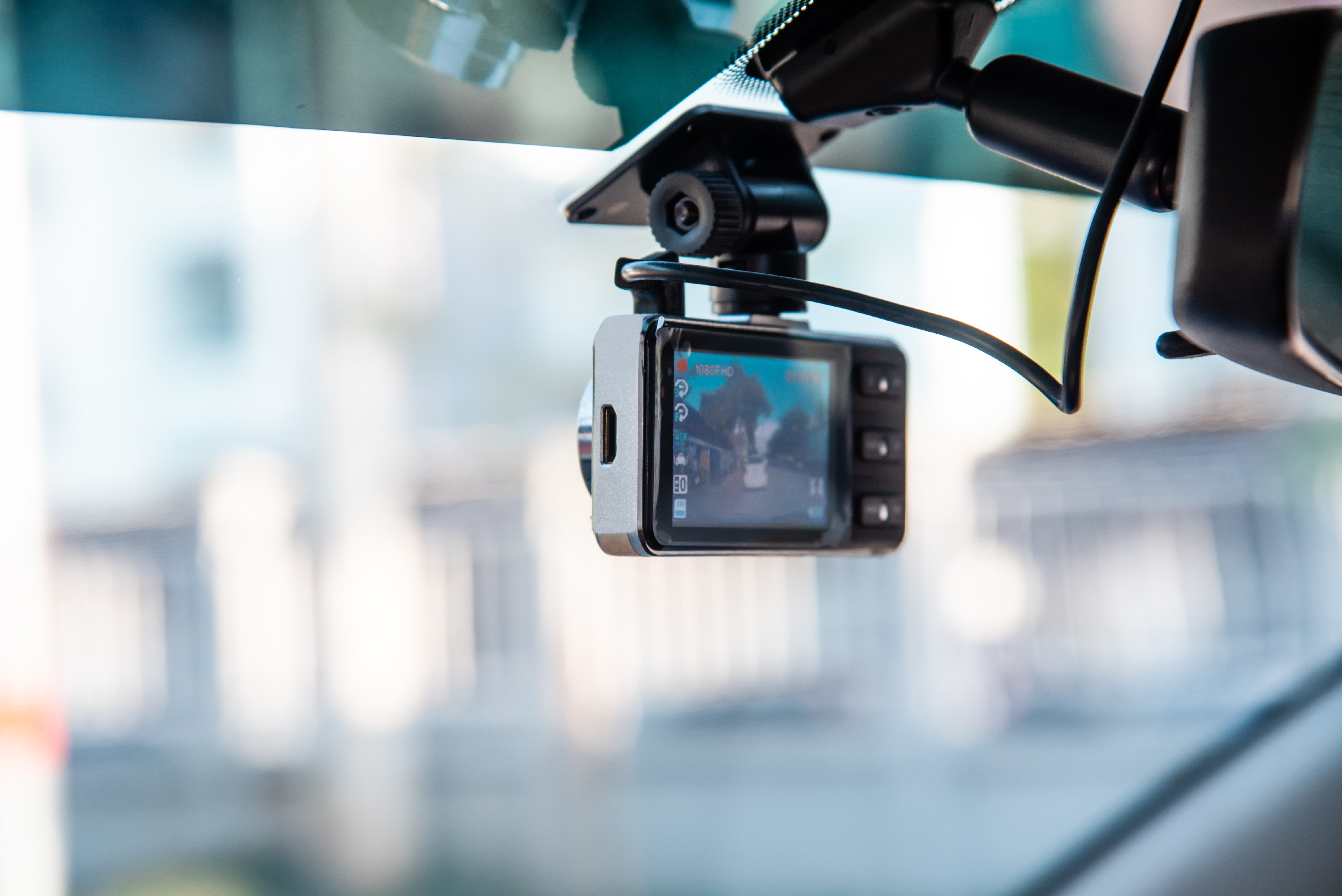Interview with Jay from Clearpath: The Future of AMRs

We interviewed Jay Judkowitz on autonomous guided vehicles and autonomous robots. Jay is the VP of Product, OTTO Motors, a division of Clearpath Robotics. Jay is a veteran product leader with long tenures at software platform companies such as VMware and Google Cloud. Jay spent 21 years in Silicon Valley before moving to Kitchener, Ontario in 2017. He is passionate about how technology can improve people's lives and is excited to be in the autonomous robot space so that we can eliminate dull, dirty, and dangerous work and make manufacturing more cost-effective worldwide.
Looking at the largest manufacturers, how are they implementing this at a large scale?
We have customers of all types implementing robots and scaling them up a few at a time, but the biggest deployments are green field deployments where factories of the future—all connected and all automated—are being built. When you build from scratch for automation, the return on investment you get from scale is phenomenal. We have a fully automated green field deployment that is one million square feet, with almost 100 robots doing 5,000 missions a day, driving over 1,000 miles a day. The AMR deployment was ⅓ the cost of AGVs and 80% less expensive than forklifts and drivers. Check out this case study from Clearpath Robotics to learn more about large implementations.
Where do you see AMRs in 5 years? 10 years?
In 5-10 years, there won’t be autonomous vehicles. There will just be vehicles, and they will almost all be autonomous. There will be a proliferation of form factors to do all sorts of specialty material handling. And we will be better utilizing the data. With AMRs executing every move and collecting data about it, they will give you the clearest view of what is happening on the floor. Are there backups? Is the line being starved? Is a piece of equipment not taking input? Are things moving as fast as possible, or should the team reconfigure the factory layout, change the traffic rules, or issue jobs in a different order? With all the data that can be collected, improvements in networking, the advances in machine learning, and ability to run simulations cheaply and easily in the cloud, AMR providers will be delivering much more than robots to do materials handling—they will be providing factory optimization services.
What is the biggest misconception on AMRs that you think needs to shift for them to start being used in small to midsize shops in the next 5 years?
I think people need to think about ROI more holistically. It’s not just about labor reallocation, although that’s huge. People need to think about the improvements in reliability, predictability, productivity, and safety. COVID has shown us that we all need to think about business continuity and what happens if people can’t come to work or need to maintain distance at work to be safe. People need to look at demographic changes and think about whether hiring will get easier or more difficult. They should also think about onshoring what was previously offshored for cost reasons. If the cost of low-value tasks is no higher in country than out of country, you may be able to afford onshoring production to secure and simplify critical supply chains.
An insurance company that cares about you and insuring the things you wish to be insured.
Get a Quote> Find an Agent>

